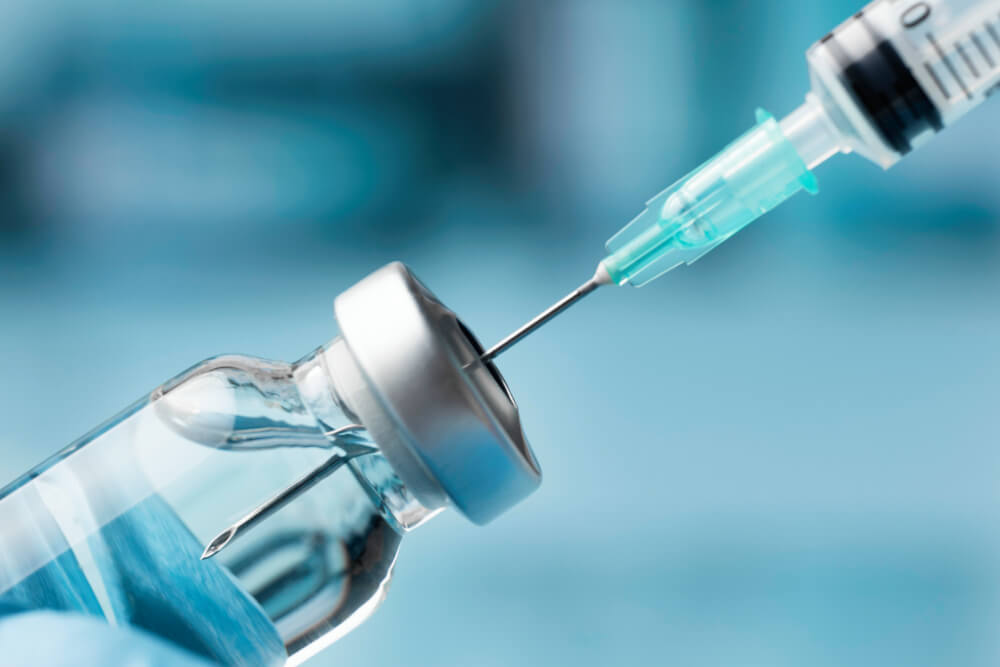7- Atrioventricular node ablation

To break the electrical signaling link, heat or cold energy is delivered to the heart tissue at the AV node. After AV node ablation, a pacemaker is required for the rest of one’s life.
After cardiac ablation, atrial fibrillation may reappear. If this occurs, another cardiac ablation or another type of heart treatment is required. To prevent strokes after cardiac ablation, lifelong blood thinners may be required.
If a patient with atrial fibrillation is unable to take blood thinners, a catheter treatment to seal a tiny sac (appendage) in the left upper heart chamber, where most A-fib-related clots develop, may be recommended. Left atrial appendage closure is the name for this operation. A catheter is used to gently guide a closure device to the sac.
The catheter is removed once the gadget is in position. The gadget is left in place indefinitely. For some persons who have already had cardiac surgery, surgery to seal the left atrial appendage is a possibility.


